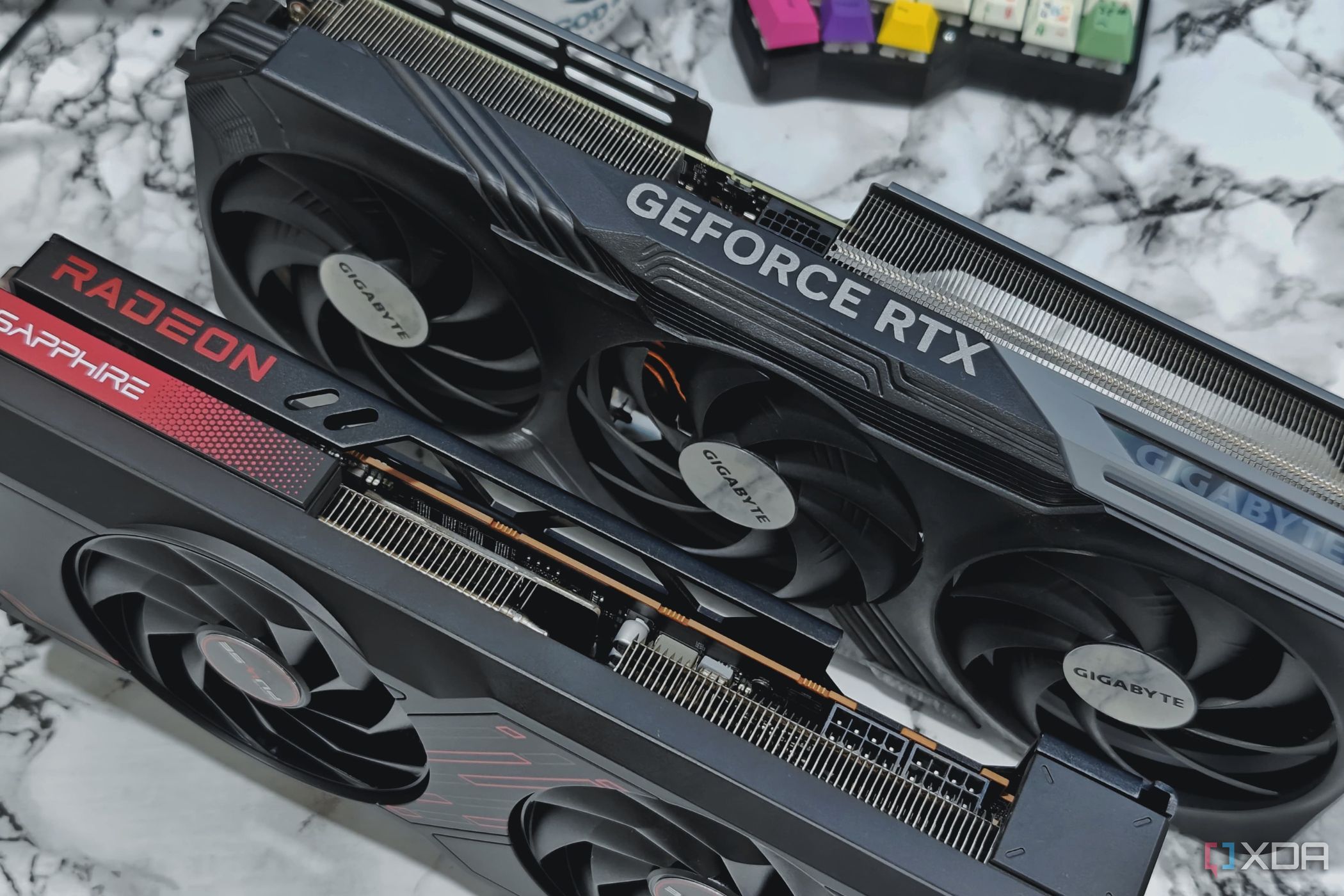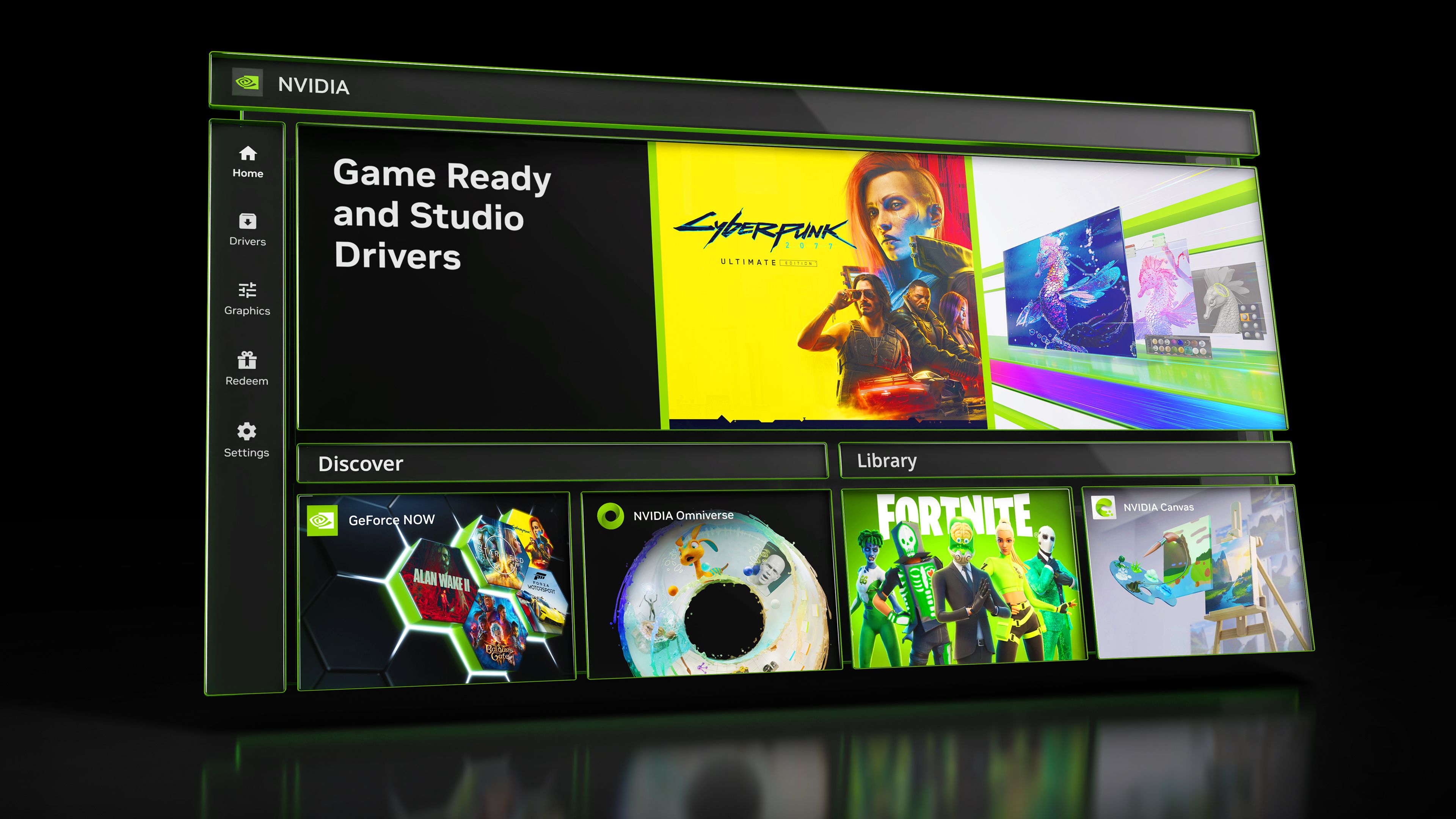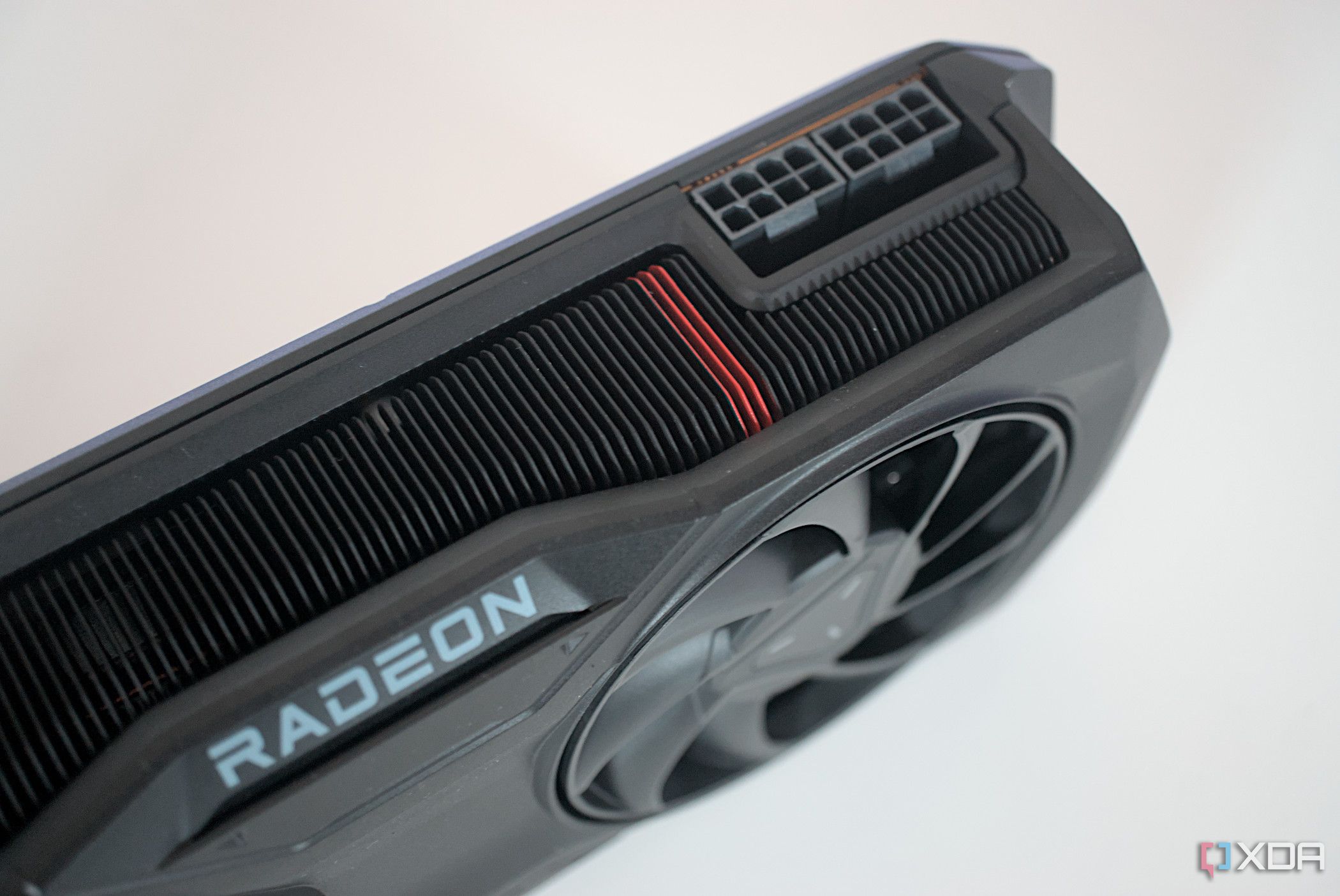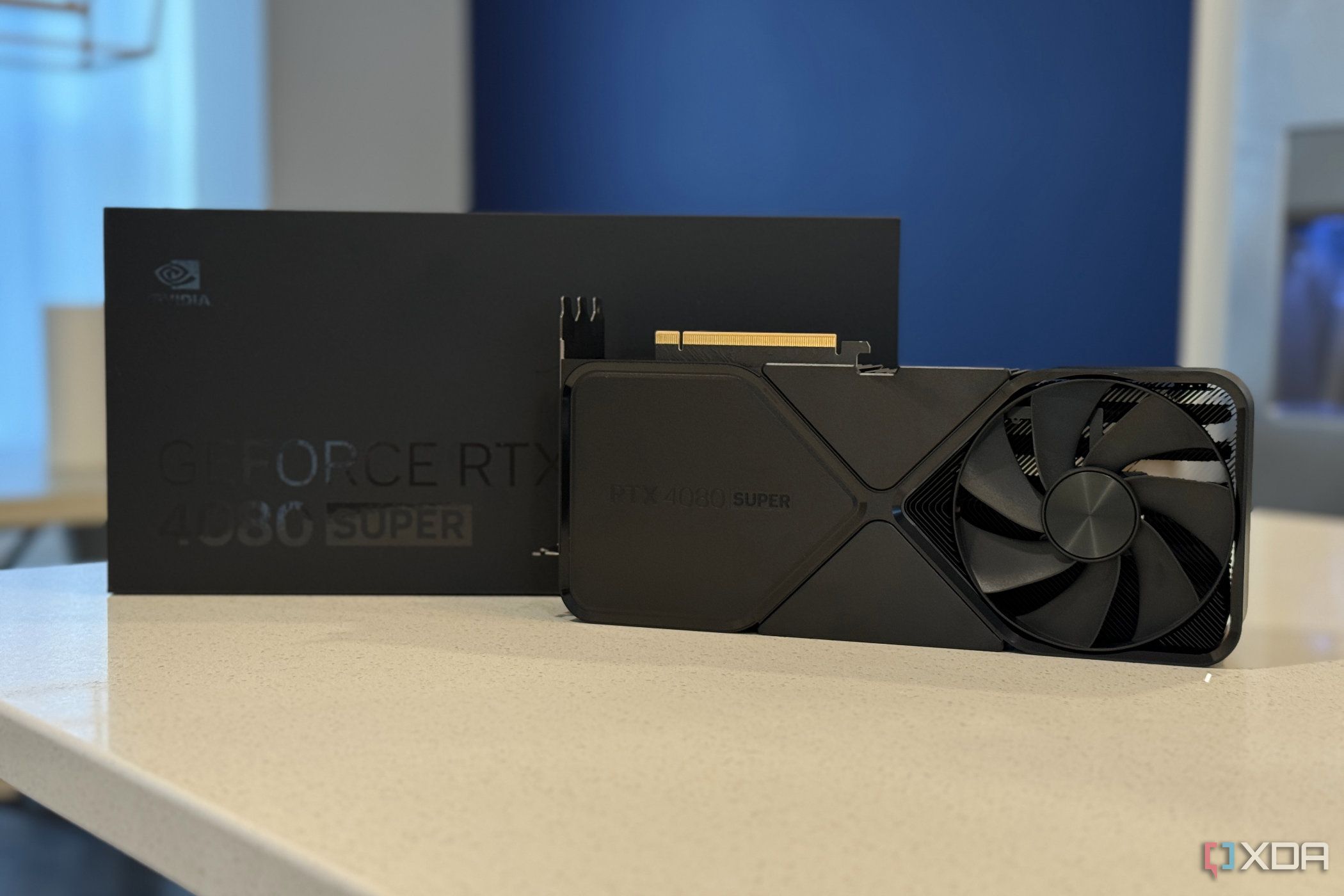Nvidia has covered a lot of ground over the past year. Although Team Green overwhelmingly dominates the GPU market, AMD held a solid, tangible lead in software for a brief time. Nvidia delivered drivers faster, but AMD continued to build out its Radeon Software with features like AFMF 2, FSR 4, and HYPR-RX. Nvidia, relying on its old GeForce Experience plus Nvidia Control Panel combo, pivoted and released the Nvidia app to balance the scales.
Now, we more or less have feature parity. AMD has AFMF; Nvidia has Smooth Motion. AMD has FSR 4; Nvidia has DLSS overrides. At least on the high-level features, Nvidia and AMD are on equal ground. And I'm sure if one of them introduces some revolutionary feature to its software suite, the other will follow suit. There's one feature, however, that AMD has maintained in Radeon Software for years that Nvidia needs to steal — a launch overlay.
Well, that was an awful lot of build-up
We're talking about an overlay on-screen for five seconds

Stick with me, because I know this sounds like a fairly minor inclusion in Radeon Software. If you haven't used an AMD graphics card before, let me catch you up to speed. When you launch a game, there's a small overlay that flashes on-screen for a few seconds as your game is launching. It shows all the most important features included in the software package, as well as if you have them enabled. You can quickly check if FSR 4 is on, if you're using the HYPR-RX profile, or if you have AFMF 2 enabled. AMD has had this feature for years, but it's really shown its usefulness as of late. With cards like the RX 9070 XT, you can only use FSR 4 through Radeon Software. And, you can only see if FSR 4 is enabled through Radeon Software. The overlay is a quick sanity check to see if your per-game settings are applied, if you accidently fell back on your global settings, or any other situation.
Nvidia has no such overlay. Nvidia has an in-game overlay that's great, allowing you to quickly capture video, enable a performance monitor, and access features like G-Assist. But it doesn't have any way of quickly seeing what settings you have enabled when you launch a game. When you're actually playing a game, there's also no way to see what settings you have enabled unless you Alt + Tab out of the window and go into the Nvidia app.
I know it's a minor inconvenience, but a quick pop-up to show what settings you have enabled is especially useful for Nvidia graphics cards, even moreso than AMD. Those features I mentioned at the top, like DLSS overrides, aren't just a toggle. There are half a dozen presets, and that's just for DLSS Super Resolution. You also have overrides for Frame Generation and Ray Reconstruction, as well as the ability to inject up to 4X Multi-Frame Generation (MFG) with RTX 50-series GPUs. That's before looking at features with a toggle like Smooth Motion or Ultra Low-Latency Mode.

Related
All the settings in AMD, Intel, and Nvidia's drivers you need to enable
Optimized defaults get your PC booting but there are tweaks to do for every GPU maker
Nvidia already has an overlay
Let's make it better
A quick way to check what settings you have enabled on an Nvidia GPU would be a lifesaver. It could look a lot like AMD's overlay, where a small window opens up for a few seconds on screen that shows your settings. But it doesn't have to. Nvidia already has an in-game overlay, which currently isn't being used to show you any information about the myriad features available in the Nvidia app. It'd be great to see what you have enabled by pulling up Alt + Z instead of using Alt + Tab and risk crashing the treasure trove of games that still struggle with that basic hotkey.
Regardless of what it looks like, the need to quickly view your settings has never been greater. For years, you didn't need to interact with Radeon Software or the Nvidia app — I guess it would be GeForce Experience at the time — if you didn't want to. There were a few extra goodies, but all you really needed to unlock the capabilities of your GPU was the driver and a game to play. That's not the case anymore. Both Radeon Software and the Nvidia app are near-essential if you want to use the latest upscaling and frame generation technologies, as well as driver-based frame generation.
These software suites are quickly becoming a critical component of unlocking what your GPU can do, so even if you don't want them, you need them installed. And, if you have to install the Nvidia app to access all of your GPU's features, the least Nvidia could do is make it easy to see what features you have enabled when you go to launch a game.
Hardware-defining software
Becoming a part of the gaming experience
Although Nvidia and AMD have offered their software suites for years, you've been able to use your GPU with just the driver. Things still work that way, and that's a great thing in a ton of situations. Maybe you just don't want the software installed. Maybe you're troubleshooting and don't want the software meddling with your driver. Or maybe you're like me, who's currently typing this article on CachyOS and wouldn't be able to use an Nvidia graphics card if it needed the Nvidia app to function.
I don't like the idea of the Nvidia app or Radeon Software being a critical component of using your GPU, but they're quickly turning into that. AMD and Nvidia have discovered in this generation how much faster they're able to scatter their features across games by handling new versions through the driver rather than waiting on game developers. Whereas FSR 3 launched in only two games, FSR 4 launched in over 65. DLSS 3 kicked off with a few dozen supported games, whereas DLSS 4 surpassed over 100 supported games within a month. As much as I like the idea of keeping feature parity between the software and what just the driver offers, clearly things are headed in the opposite direction.
A small overlay showing your settings is a quality-of-life feature for the Nvidia app, and I'd love to see it. But it's also a touchstone for how much more prevalent these software features are becoming, and the role they'll likely play in feature support moving forward.
.png)













 English (US) ·
English (US) ·